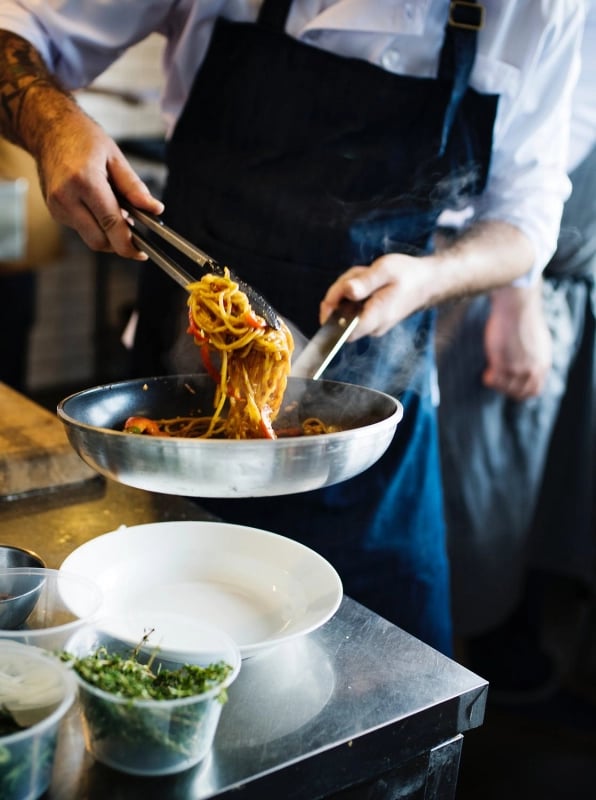It’s all too easy to get careless or overconfident in the kitchen, but even making a simple mistake can have serious long-term consequences, especially for foodservice workers or those cooking for large groups of people. No matter how experienced you feel you are in the kitchen, it’s important to be aware of common food safety guidelines - it could help you avoid contracting or spreading serious foodborne illnesses. Here are some of the most commonly made food safety mistakes in the kitchen:
Washing raw meat or poultry
While it might seem like a good idea to rid your meat or poultry of bacteria by washing it prior to cooking, doing so can actually lead to bigger problems. Washing raw meat and poultry products can actually spread bacteria all around your kitchen. Even small droplets of water that have touched contaminated meat products can spread it to your kitchen sink, counters, and other surfaces. The best way to disinfect your meat and poultry products is to cook it to its intended internal temperature.
Keeping raw and cooked food together
Whether you’re cooking or storing food, it’s critical that you keep raw and cooked foods separate. Keeping them together can easily spread foodborne bacteria from the raw food onto the cooked food, contaminating the cooked food that you believe to be safe to eat. When storing raw and cooked food, make sure to keep them in separate containers, and to disinfect surfaces touched by raw food before placing cooked food on it.
Thawing meat on the counter
We’re all guilty of it - thawing food on the counter seems like the quickest and most efficient way to get the job done. Not only is this not the case, but it’s also very dangerous. Thawing meat on the counter at room temperature leaves it open to harmful bacteria multiplying rapidly, greatly increasing the risk of contracting foodborne illness. As an alternative, thaw meat products in the fridge, microwave, or in water that is changed at regular intervals.
Cross-contamination
Cross contamination can happen in a variety of ways, and is one of the most common causes of serious foodborne illness incidents. This can happen when utensils are used on various foods throughout the cooking process without being washed first, when surfaces like cutting boards, plates, and counters are used multiple times with disinfecting, and when raw and cooked foods come into contact with each other. It’s important to be diligent about cleaning all utensils and kitchen tools before reusing them, to stay on top of disinfecting surfaces, and to keep raw and cooked foods well away from each other.
Testing food to see if it's still edible
This is one of the most dangerous food safety mistakes, and yet it’s also one of the most common. Tasting food to determine whether or not it’s still good is a critical error - you can’t taste bacteria that causes foodborne illness, and doing so increases the chance of being exposed to food poisoning. If food has been kept past its best by date or past the recommended storage time, it’s best to just throw it away instead of taking the risk.
Not washing your hands
Not washing your hands is one of the cardinal food safety sins - it’s an easily overlooked step, but one that’s crucial to stopping the spread of foodborne illness. Bacteria thrives in a variety of locations, with your hands being one of them. Not does this make it easier to spread harmful bacteria to yourself by doing things like touching your face, but it also increases the risk of passing germs to food products being prepared. It’s important to wash your hands thoroughly using soap and warm water for at least 20 seconds, making sure to clean your wrists and underneath your fingernails. This step should never be skipped - especially when you’re handling raw meat and poultry products.



